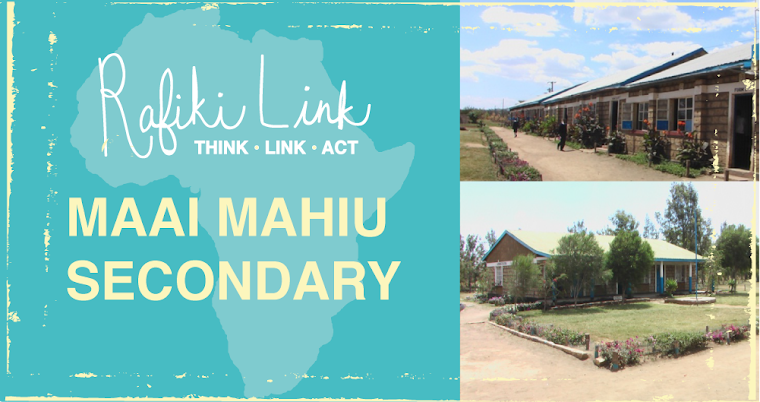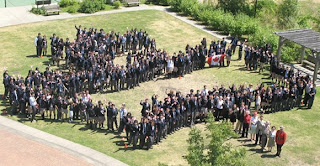OUR DIVERSITY, OUR STRENGTH
Where are we? Where are we heading to?
How do you feel when you close school, visit your aunt, HIV- AIDs victims only to find that the only thing in that house is your foot step you left when you visited during your mid- term break? And how do you feel when she asks you how is your mum? Only to find out that even her own sister no longer cares.
Kenyans, the world where are we heading to?
How do you feel when your neighbour you trust and loved one day wakes up and tend to destroy your family. Instead of morning? He chops your brother, instead of how was your night, he burns your house. Really tell me where we are heading?
Kikuyu known for your hard work in cultivation, Maasai known for grazing and Luo known for your fishing habits. When we combine this, a successful Nation. But why is it that tribalism is in you? No kikuyu in Kisumu no Luo in central province, no Maasai in western province yet we all Kenyans and one Nation.
Our diversity, our strength. Combine all your hard work and excel as a Nation
Public administration, parasite in the country, members of parliament, empty promises are over known, when did you ever sit down and think of others? Only how to get rich. Ministers, you have really reached the sky for it was your destiny. When did you ever think of those you displaced because of your own greediness? In parliament, I’ m a Kalenjin, so seats are preserved for one tribe to the other yet we sing peace, love and unity why don’t we bring it into real? Our diversity, our strength.
Students in school, leaders of today tribalism is bleeding in you, my desk mate is a Kalenjin, I will change my sitting position just because no common language yet you sing love and Unity calling yourself leaders, then when will corruption end? P.L.O Lumumba, where are you to stop the bleeding of tribalism? Our strength, our diversity.
Our society ranks of richness is the rhythm, my daughter is a Kikuyu getting married to a Kamba not in my presence then what are we learning from you? Our diversity, our strength
By Grace Njeri



